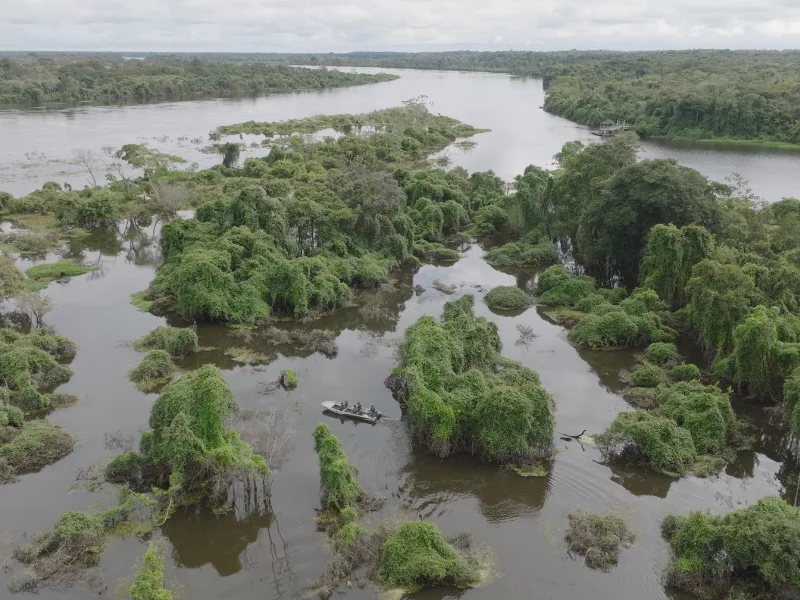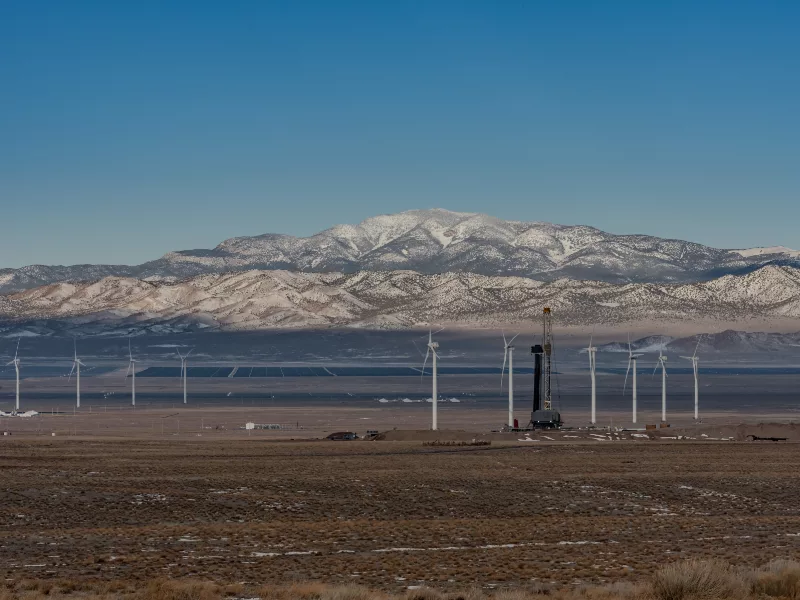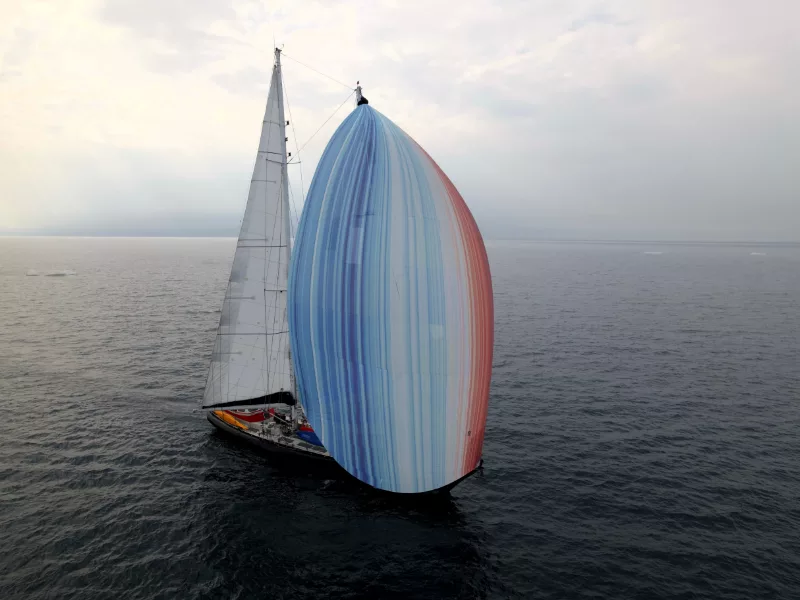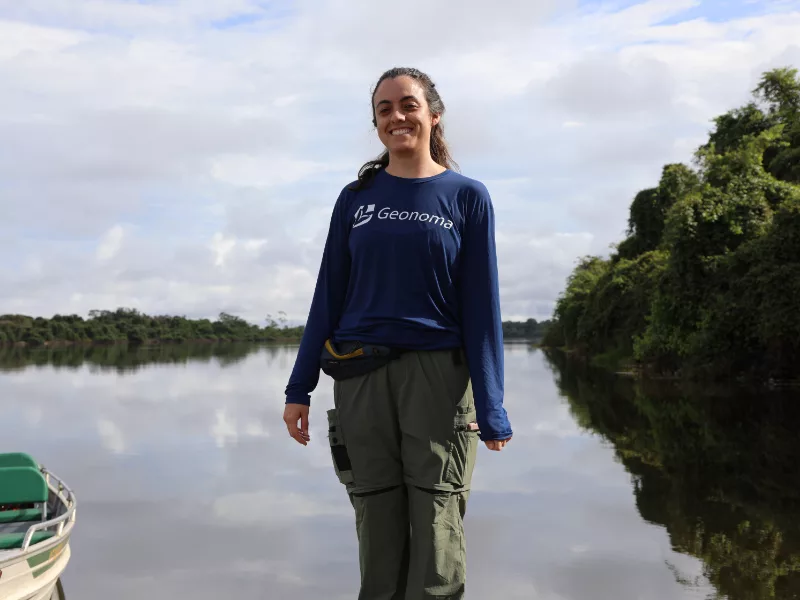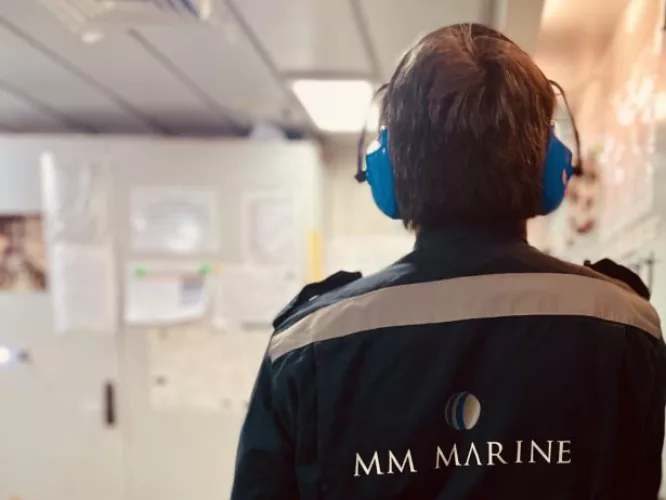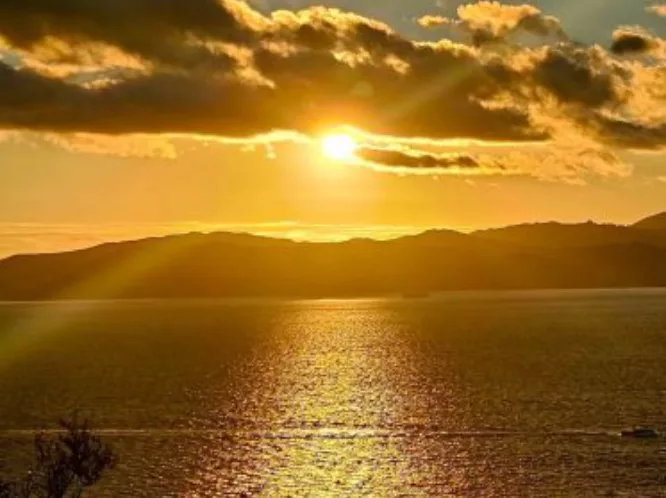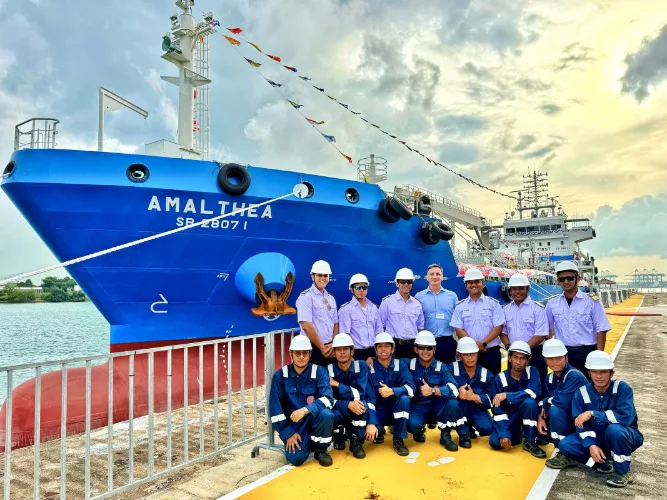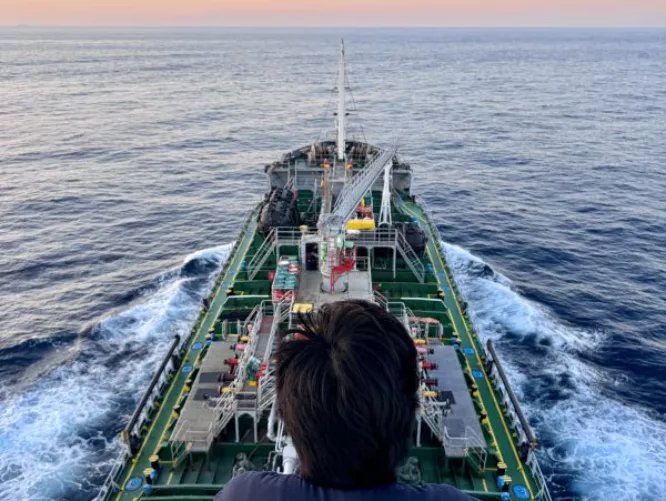Partner Profile
Ocean Science Expedition
The Ocean Science Expedition was a three-month journey navigating the Northwest Passage aboard the Abel Tasman to highlight the impact of climate change on the Arctic, navigating a once-impassable route now opened by rapidly melting ice.
Location
Arctic Region (Northwest Passage, Canada)
Category
Non-profit scientific research
In 2024, the Northwest Passage Ocean Science Expedition undertook a 17-week voyage through one of the most climate-sensitive regions on Earth.
Led by Polar and Ocean Explorer Keith Tuffley aboard the Abel Tasman, and crewed by Isak and Alex Rockström, the team navigated 8,500 nautical miles from Norway to Alaska, crossing the Arctic via the legendary Northwest Passage.
The mission focused on six critical Planetary Tipping Points identified by Professor Johan Rockström, while collecting vital scientific data on ocean health, biodiversity, and climate change. This pioneering expedition offers new insight into the profound transformations underway in the Arctic and their far-reaching global implications.
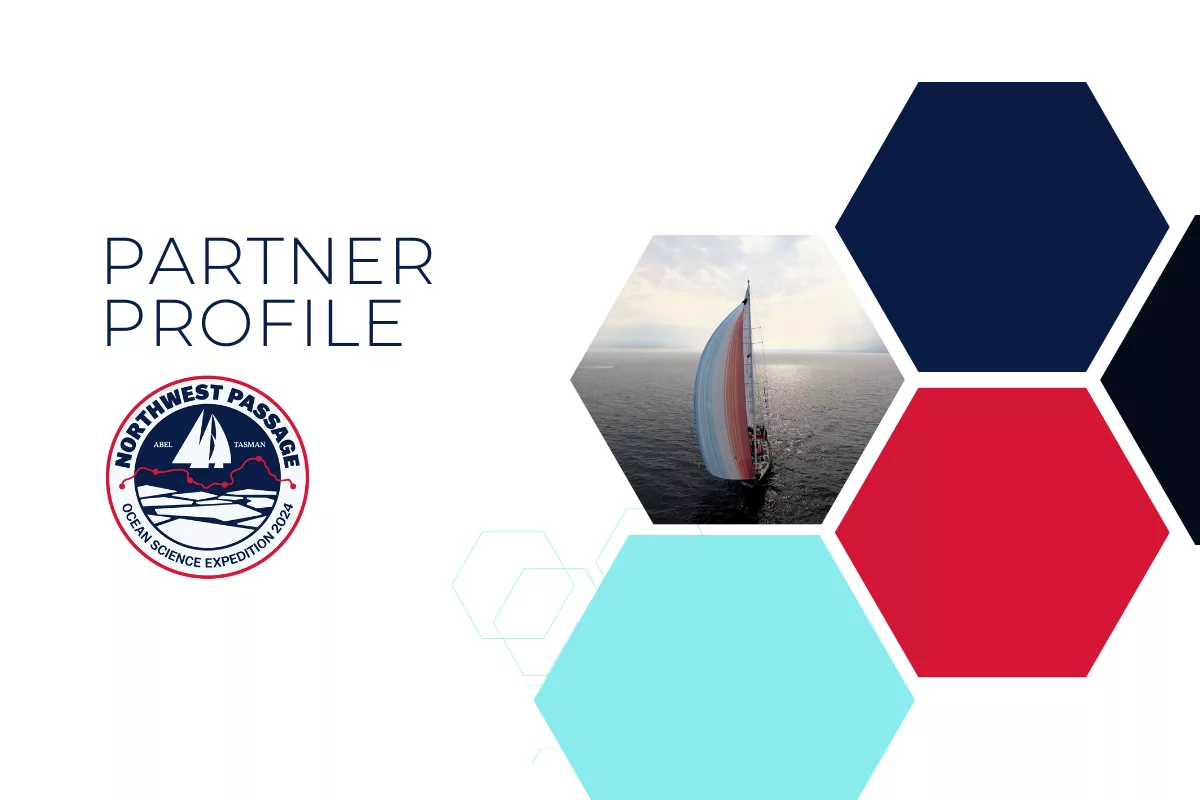
What is the Ocean Science Expedition, and what are its main objectives?
The Northwest Passage Ocean Science Expedition is a modern journey through one of the most historically challenging sea routes on Earth — connecting the Atlantic and Pacific Oceans via the Arctic.
For centuries, this passage was blocked by thick, persistent ice. In the 1800s, tragic expeditions such as that of HMS Erebus and HMS Terror ended in disaster, with both ships and crew members lost. Even Roald Amundsen, the first to successfully navigate the route in 1905, took three years to complete the journey.
In stark contrast, the Northwest Passage Expedition aboard the Abel Tasman completed the same journey in just three months. The fact that this route is now navigable is not a sign of progress, but rather a warning of how quickly the region is changing.
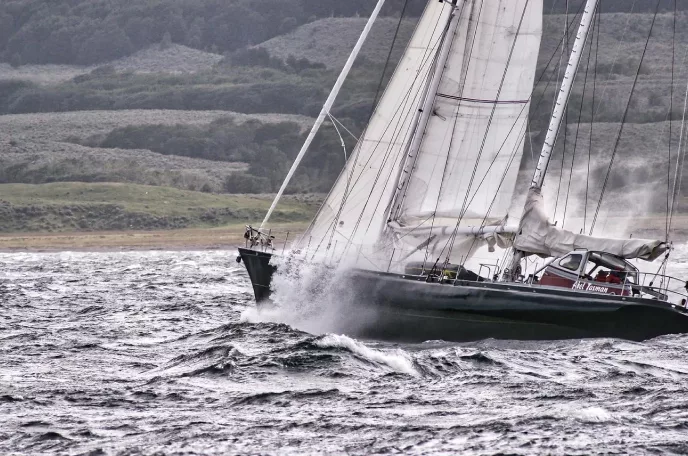
Photo Credit: Ocean Science Expedition 2024
Around the time of the expedition, ship traffic through the passage had also noticeably increased, highlighting how accessible this once-impassable route has become due to warming temperatures.
The expedition had several core objectives. At its heart, it aimed to raise awareness of the rapid environmental transformation in the Arctic and highlight the region’s role in the broader climate system. The team gathered scientific data on ocean temperature, salinity, CO₂ levels, microplastics, environmental DNA, and underwater acoustics — capturing not only the scientific signals of change, but also the sensory experience of a melting Arctic. One moment stood out in particular: crossing Disko Bay on the hottest day ever recorded on Earth, as thousands of icebergs crumbled and melted.
The expedition also aimed to bring the climate conversation to the business and finance community, recognising that over half of global GDP depends on nature. By engaging private sector leaders directly, the expedition aimed to show why bold action on climate and nature is not only necessary, but urgent.
Why is the Arctic so important for understanding climate change?
The Arctic plays a central role in the global climate system and is one of the most important regions for understanding the speed and global impacts of climate change. Its warming isn’t just a local issue — it has wide-reaching implications for weather patterns, sea level rise, and ecosystem stability around the world.
The region is home to around 4 million people, including 40 Indigenous Peoples, and supports a wide variety of wildlife. But environmental changes — like the loss of sea ice, thawing permafrost, and shifting ocean currents — are already having major impacts on both communities and species that depend on a stable Arctic climate.
Climate tipping points help illustrate the risks of climate change presents on the global scale and how closely the Arctic is connected to the rest of the planet. The tipping points are critical thresholds in Earth’s systems that, if crossed, could trigger irreversible changes.

Of the 16 Global Tipping Points identified by climate scientists, 6 are either located in the Arctic or directly linked to it. These include the collapse of Arctic winter sea ice, which affects global temperatures and atmospheric patterns, and the loss of the Greenland Ice Sheet, which contributes to sea level rise. The abrupt thaw of boreal permafrost releases large amounts of greenhouse gases and permanently alters the landscape, while the northern expansion of boreal forests, though it may seem positive, can accelerate regional warming and permafrost melt. Two major ocean circulation systems are also at risk: the Atlantic Meridional Overturning Circulation (AMOC), whose weakening or collapse would dramatically alter global climate systems, and the Labrador-Irminger Seas convection, where disruptions in deep ocean currents could further destabilise the AMOC and global weather patterns.
The fact that so many of these tipping points are connected to the Arctic highlights the role of the region as a global climate indicator. Changes in the Arctic climate don’t stay in the Arctic — they influence climate outcomes everywhere.
Travelling through areas tied directly to these tipping points gave the expedition a unique chance to observe these changes up close.
During the voyage, the expedition unveiled a ‘Climate Stripes’ sail.
What do these stripes represent, and why are they important for raising awareness?
The ‘Climate Stripes’ were a striking visual statement that supported the expedition’s core mission of raising awareness and education around climate change. Featured on the sail, the stripes represent over a century of global temperature change.
Created by climate scientist Professor Ed Hawkins, the design uses a gradient of colours—from blue to red — to show the shift from cooler to warmer years. Each stripe corresponds to a single year, making the long-term warming trend immediately visible.
Also, unlike traditional graphs or statistics, which can feel abstract or distant, the Climate Stripes translate scientific data into a simple, powerful image that is easy to understand.

Photo Credit: Ramon Gonçalves Media
Displaying this visual in the Arctic — a region experiencing some of the most dramatic effects of climate change — reinforced the expedition’s message. The climate crisis is unfolding now, and its effects are clearly visible across the Northwest Passage.
How is the Abel Tasman uniquely suited for this expedition?
The Abel Tasman is exceptionally well-suited for a journey through the Northwest Passage. Fewer than 40 sailing yachts have ever completed the passage, which demands a vessel built for tough, unpredictable conditions. At 75 feet long with a strong steel hull, the Abel Tasman was designed to handle extreme environments.
With a proven track record of successful expeditions through Antarctica, Greenland, and Norway, the Abel Tasman’s size and design allow it to access areas that larger research vessels or icebreakers often can’t reach, making it uniquely valuable for gathering environmental data in hard-to-study places.

Photo Credit: Ramon Gonçalves Media
What scientific research was conducted onboard, and why was it important to collect samples such as environmental DNA (eDNA)?
One of the most important efforts was the collection of environmental DNA, or eDNA, in partnership with NatureMetrics. All living things leave traces of DNA in their environment—whether in water, soil, or air. By collecting water samples along the route, the expedition aimed to help scientists identify which species are present along the Northwest Passage, including those that are difficult to spot.
This is especially important in the Arctic, which is home to thousands of species uniquely adapted to cold environments — from polar bears and narwhals to whales and birds. Some species are found nowhere else on Earth. So, by using eDNA to track biodiversity, researchers can also monitor how wildlife populations may be changing due to warming temperatures and melting sea ice.
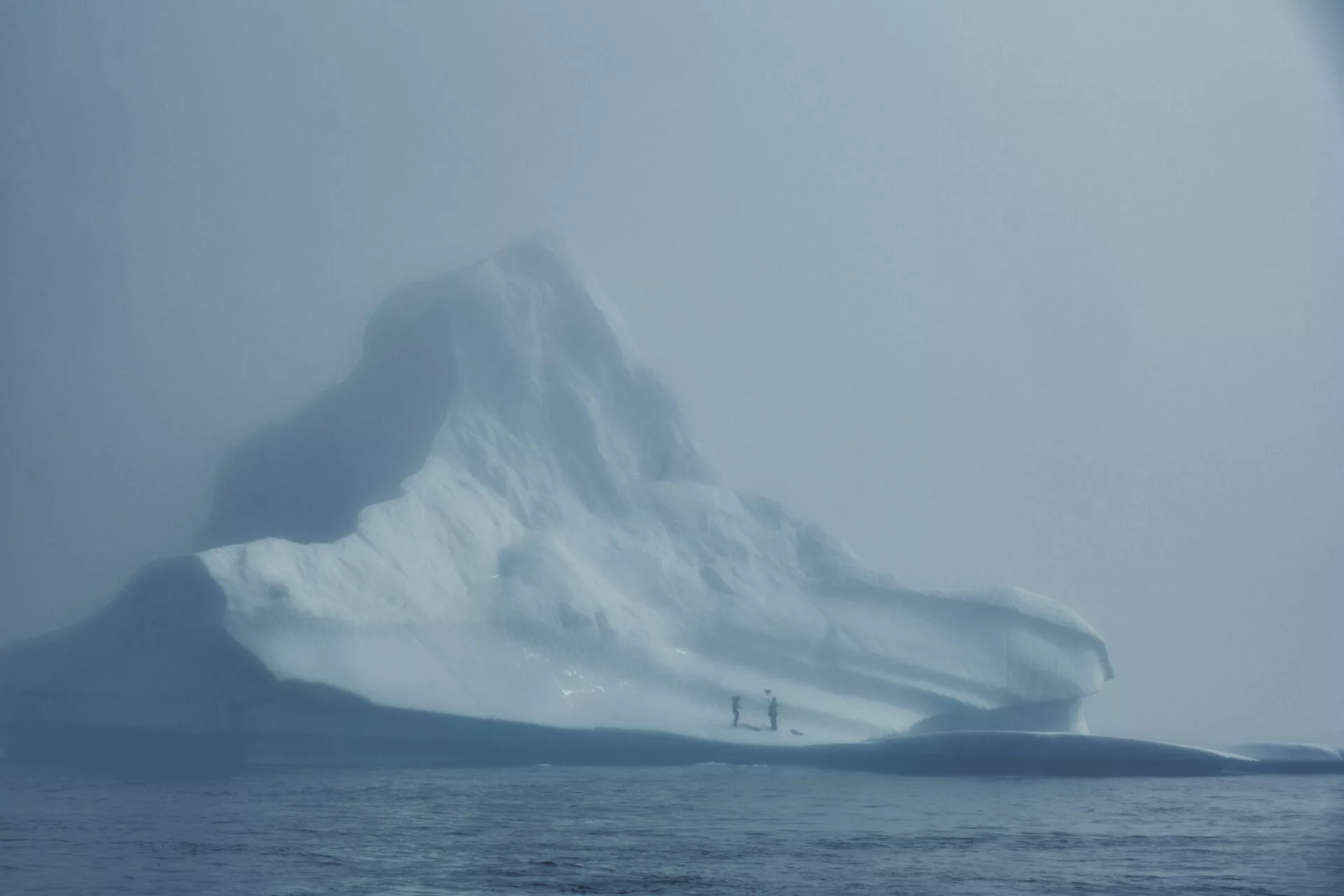
Photo Credit: Alex Rockström
In addition to eDNA, the expedition recorded underwater sounds. These acoustic recordings help scientists detect marine life in places that are hard to access or see, especially in deep or murky waters. Sounds collected during the expedition will contribute to the Global Library of Underwater Biological Sounds (GLUBS), a growing database that helps scientists identify species and track changes in their behaviour, distribution, and abundance over time.
Another important part of the expedition’s research was collecting ocean plastic samples in collaboration with The Ocean Race. These included the first-ever microplastic samples taken in the Northwest Passage. This information is critical for understanding the spread of plastic pollution in remote areas that have rarely been studied.
Together, these data collection efforts aimed to support research and help provide an understanding of how climate change and human activity are affecting Arctic life—and will help scientists, conservationists, and policymakers protect these fragile ecosystems into the future.
What insights do you hope businesses will gain from this expedition?
It was important for the expedition to raise awareness in the business and finance community by highlighting the direct connection between the health of the Arctic and the stability of the global economy. While financial centres may seem far removed from the polar regions, businesses play a vital role in shaping environmental outcomes and are increasingly exposed to the risks that come with environmental decline.
More than half of the world’s GDP depends, to varying extents, on nature and the services it provides. Climate change and biodiversity loss are no longer just environmental concerns; they represent material risks to business operations, supply chains, and long-term growth.
Protecting critical natural systems like the Arctic will help future-proof business models.
As climate change accelerates, the Arctic is expected to face growing pressure from oil exploration, seabed mining, and plastic pollution.

Photo Credit: Ramon Gonçalves Media
Through first-hand observation, scientific data collection, and storytelling, the expedition aimed to bring these facts to the attention of businesses. The message to the private sector is clear: the Arctic is a vital part of the global system that supports both economic and ecological stability—and there is still time to act, at scale and with urgency.
2024 PARTNER PROFILES
Silvania
Fervo Energy
Ocean Science Expedition
Geonoma
Reporting areas
Governance
Planet
People
Prosperity

